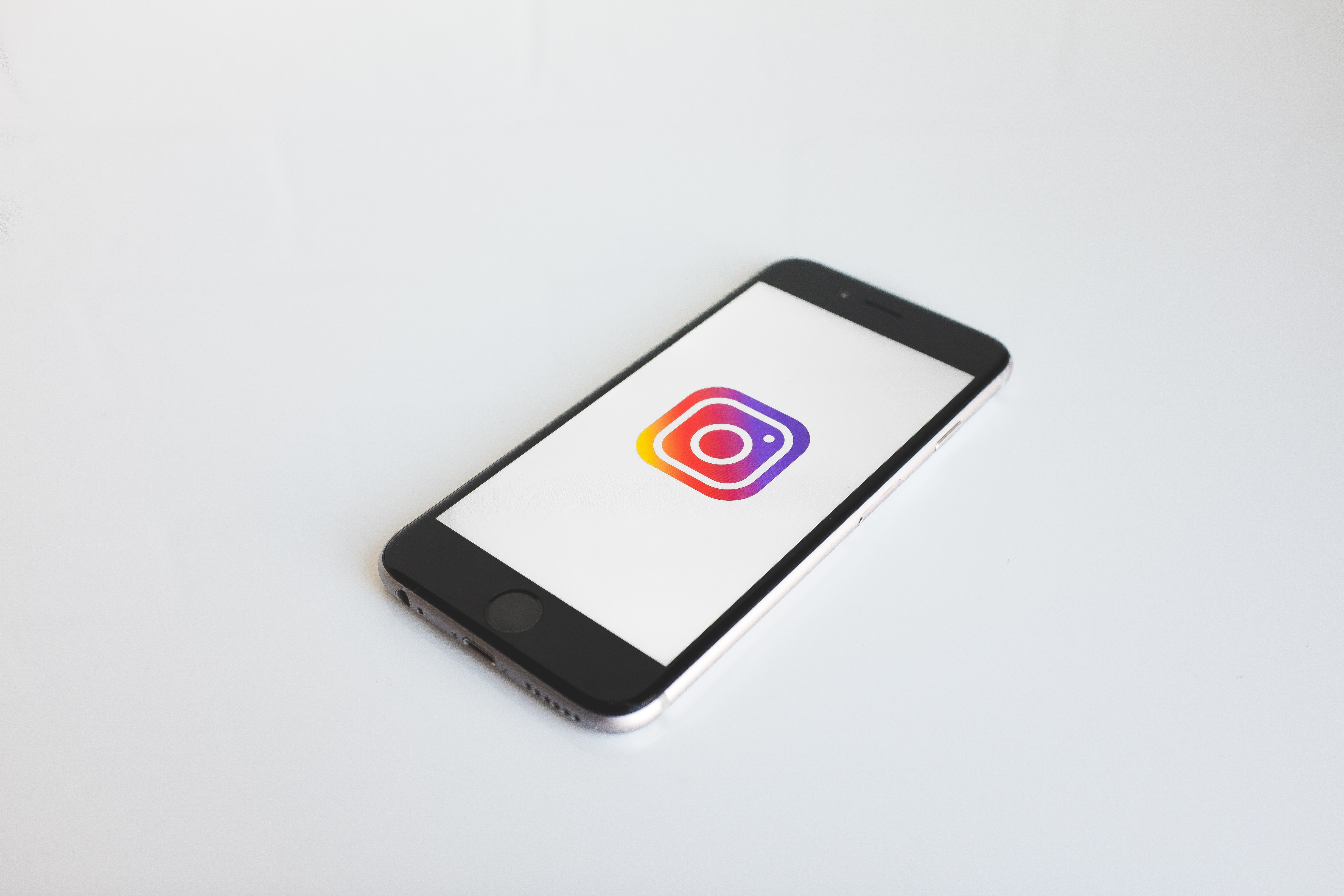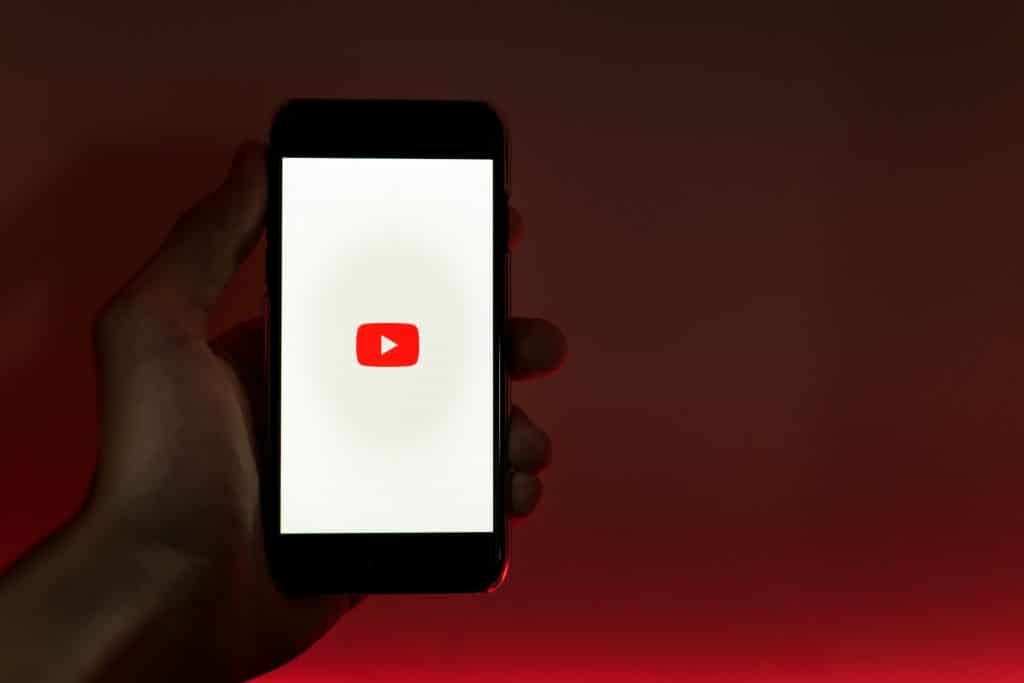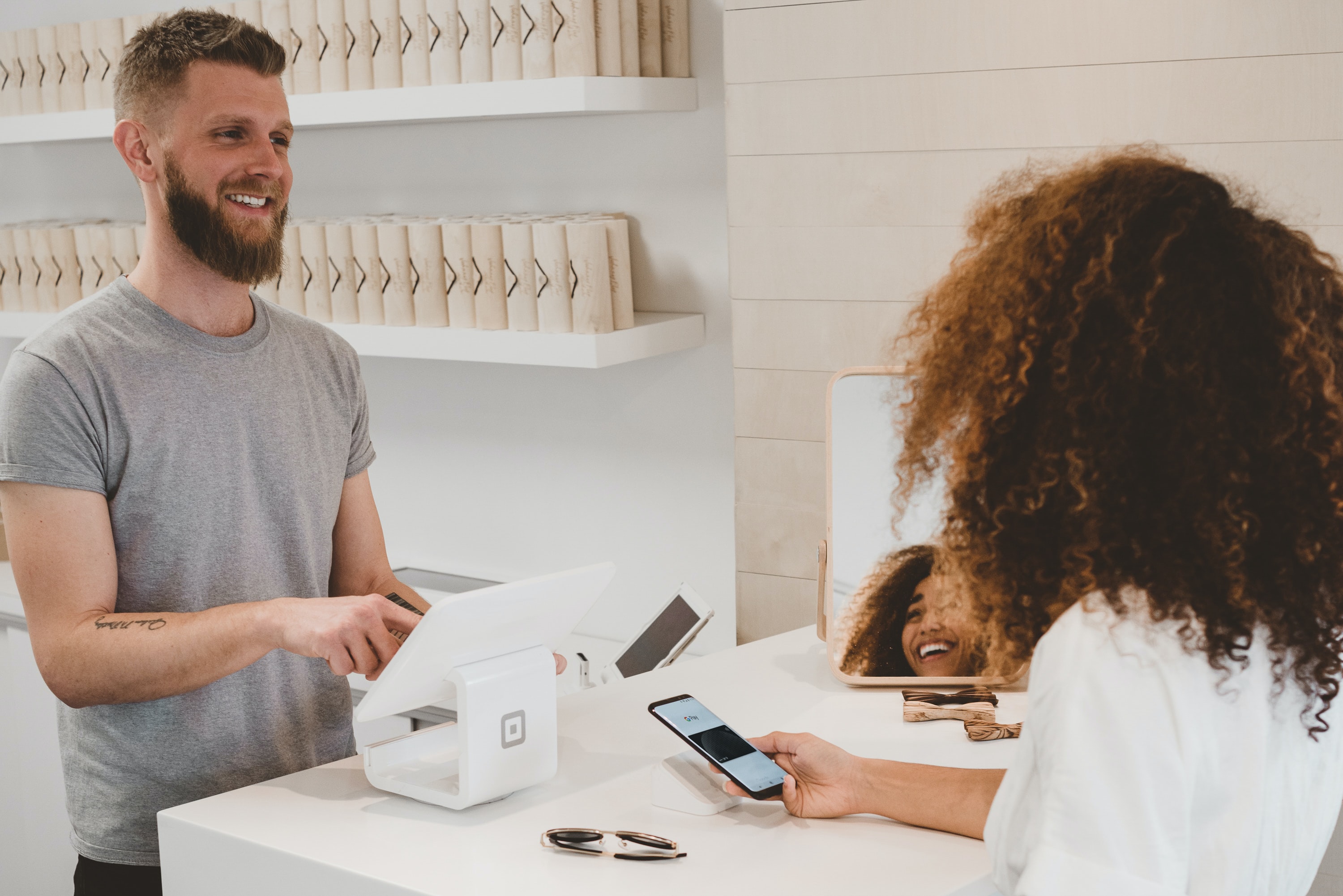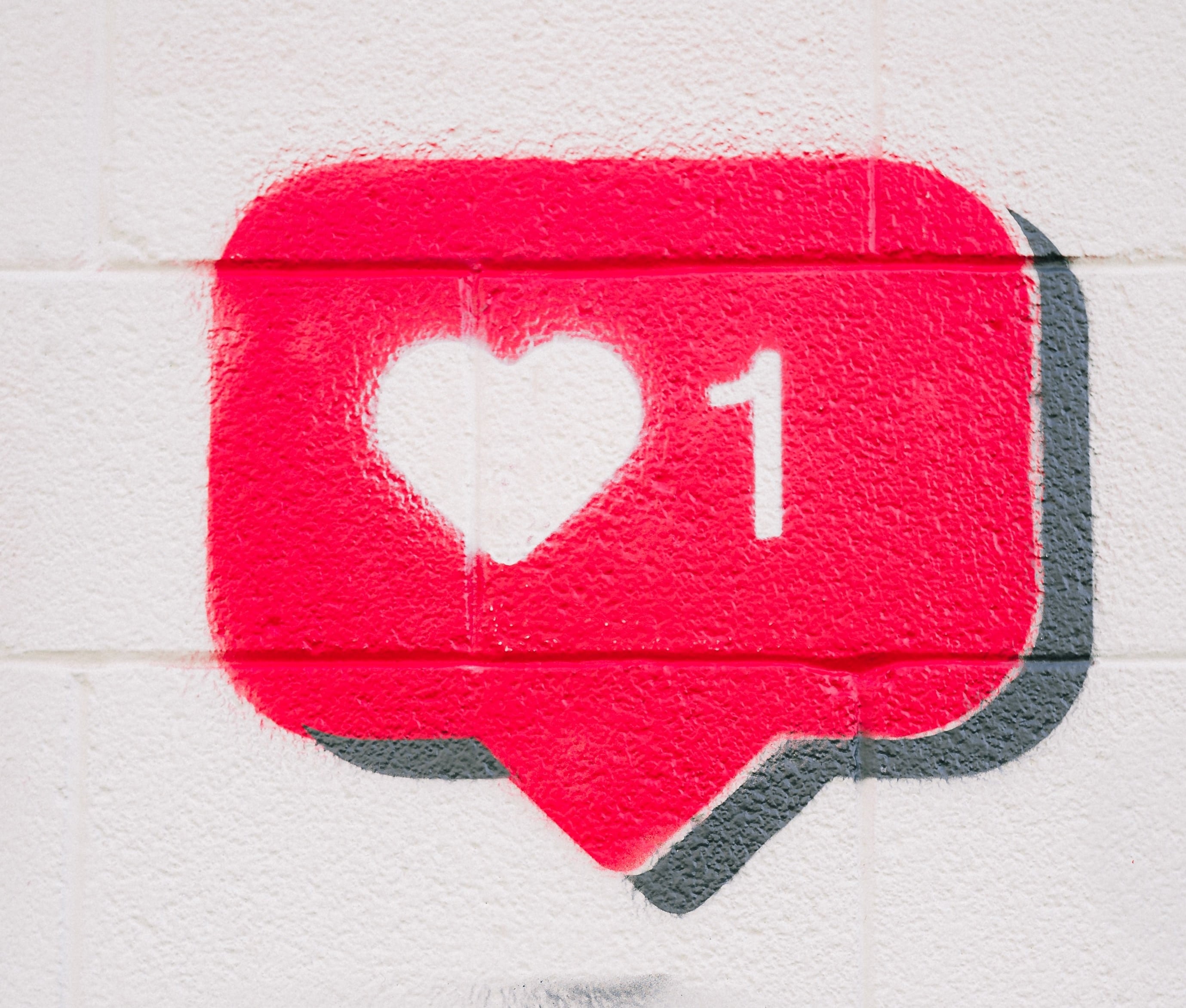Solve Marketing Problems with Social Media Listening
“Talk a little less, listen a little more and you will be a lot wiser.” – Eric Gibbons
Active listening can do wonders, especially for brands looking to amp up their marketing strategy. Brands often struggle to engage in thoughtful communication which can boost their online presence. If you are looking for a smart way to strengthen your marketing tactics online, engaging your target audience is a must. And it all starts with social media listening.
Why should You Care about Social Media Listening?
Before we get into the technical aspects, let’s understand why you need social media listening through a simple example. Let’s say you own a famous bakery and one fine morning while you’re baking some delicacies, you overhear two of your customers.
“I love the chocolate chip donuts here.”, one says, and the other one replies, “Yeah, I love them too, but I don’t like the protein crunch bars. They are hard as rocks!”
You begin to wonder if every customer feels this way about your protein crunch bars?
So you make some attempts to gather more customer feedback about these bars. You start to ‘listen’. Based on what you hear, you implement changes that people love! It works.
Soon you see your clients queuing up in your store to buy the new product you made. They are talking to others about how your bakery made a crunch bar based on their recommendations.
And this is just a small example showcasing a small business. Depending on your size, people could be talking about your brand or your service or your organization’s work culture, and your customer handling! Social media has made it easy for people all across the globe to discuss you. Social media listening could help you understand these sentiments and comments. It helps you find the right marketing solutions for each problem.
How does Social Media Listening help Solve Marketing Problems?
The example in the previous section offers a little insight into how social media listening works. It helps you track and analyze brand mentions. The analysis of the data gives you insights into the complex issues surrounding your brand image.
This concept is different from social media monitoring. The latter deals more with numbers, while social media listening is looking beyond numbers into your clients’ online mood. If you fail to acknowledge their pain points, you are running the risk of becoming a forgotten brand.
Here’s a look at the different marketing problems that social media listening can help you with:
Drives Engagement
Customer engagement is the magic key for boosting your ROI. Learning about your target audience, the trends within their demography, and engaging with them is the best way to build a relationship. France-based cosmetic company Clarins Group used a social media listening technique effectively to improve customer engagement. The result? They generated over 450 consultations in the first month itself.
Better Customer Service
Most brands struggle to understand customer needs and meet their clients’ requirements. Indulge in social media listening to analyze user reviews and assess audience sentiments. These methods will help you to know about your customer’s preferences and give them what they want. The customized Detroit style pizza by Pizza Hut was a real inspiration and this concept enhanced their sales to a considerable extent.
Boosts Brand Value
Building a robust online persona is essential to see a spike in your sales volume. Lays used social media listening to engage with their audiences in a way in which they encouraged them to vote for their favorite flavor for Lays. And it worked like magic and boosted their sales. #DoUsAFlavor campaign of Lays became quickly viral and boosted their brand image. Such campaigns are only possible when you know your customer, their age group, the kind of campaigns they respond well to et cetera.
Market Research and Competitor Analysis
With social listening, you can track mentions which do not tag your official page. It could be on a blog, a social media account, or a news portal. Social listening tools like Auris also have the provision to listen to mentions for your competitors and do a comparative study.
This helps you gauge your share of the market and note your weaknesses and strengths. You also learn about your competitor’s weaknesses and their strategy.
Advertising and Content Personalization
Striking the right conversion and at the right time is a daunting task for most entrepreneurs. The use of social media listening can help gauge public sentiment and trending keywords. This can help brands fine-tune their messaging or advertisements to match the insights received.
Social media listening strategies effectively spruce up your marketing plans. Use the right techniques to build your digital den and cut through the noise.










